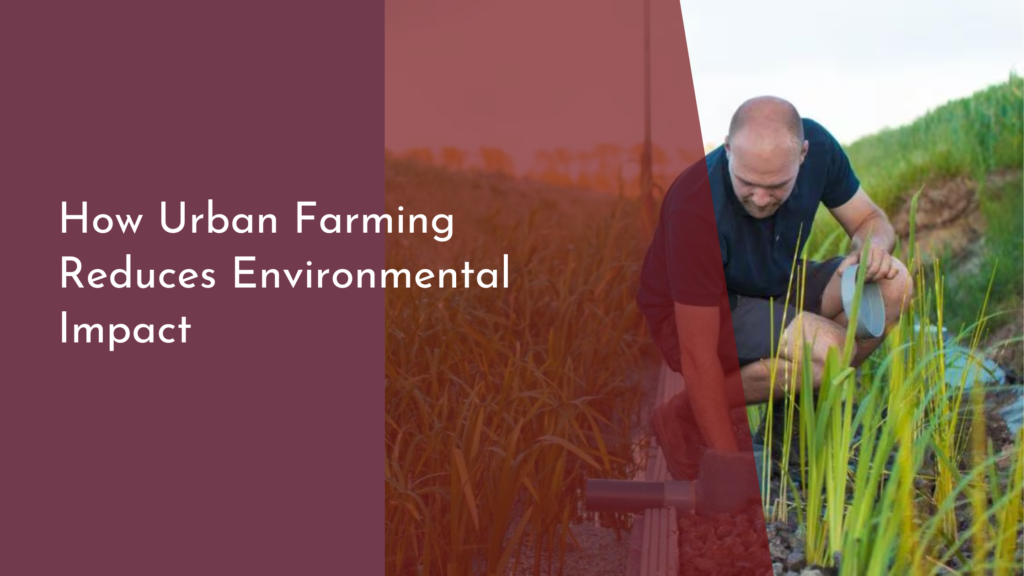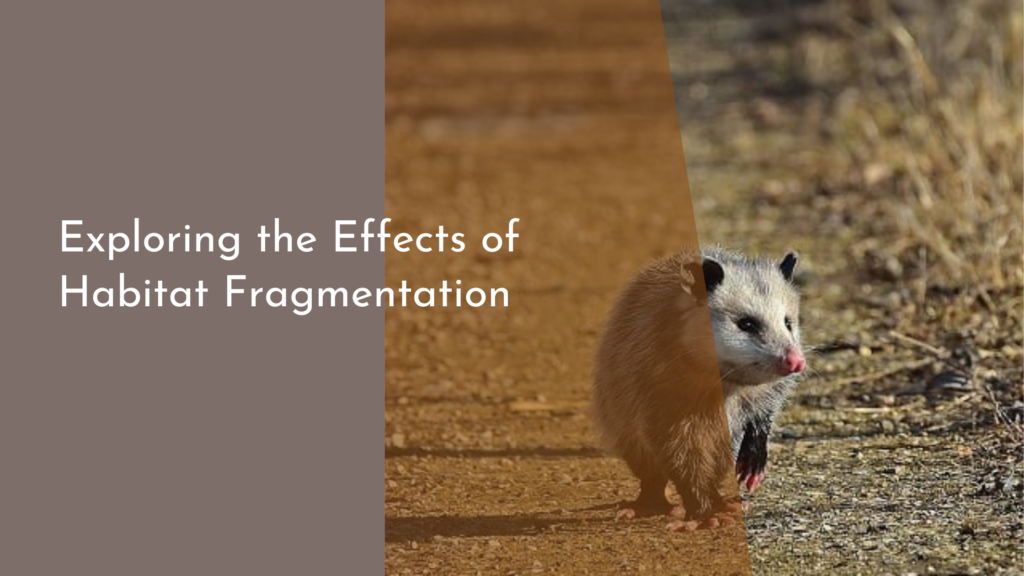Using Drone Technology for Urban Sustainability Monitoring
As urban areas continue to expand and evolve, the need for sustainable practices has never been more pressing. Enter drone technology—a game changer in the field of urban sustainability monitoring. These aerial devices, equipped with advanced sensors and imaging technologies, offer innovative solutions for cities striving to monitor and manage their environmental impact. From tracking air quality to assessing green spaces, drones are proving to be invaluable assets in the quest for more sustainable urban landscapes.
This article delves into the pivotal role of drones in urban sustainability, exploring how they enhance environmental monitoring, their innovative applications for urban health, and the exciting future they promise for greener living spaces. With a cheerful spirit and a focus on progress, let’s take to the skies and see what drone technology can do for our cities!
Exploring the Role of Drones in Urban Sustainability Efforts
Drones are rapidly becoming essential tools for urban planners and environmentalists looking to assess and mitigate the impacts of urbanization. Equipped with high-resolution cameras and various sensors, these flying devices can capture real-time data on a range of factors affecting urban environments. This includes monitoring vegetation health, assessing water bodies, and tracking changes in land use. With their ability to cover large areas quickly and efficiently, drones provide a panoramic view that traditional monitoring methods simply cannot match.
Moreover, the use of drones in urban sustainability efforts promotes transparency and community engagement. By making aerial data accessible to the public, cities can foster a greater understanding of environmental issues and encourage citizen participation in sustainability initiatives. With the ability to visually document changes over time, drones serve as powerful tools for educating the public about urban ecology and the importance of sustainable practices in their communities.
How Drones Enhance Environmental Monitoring in Cities
One of the primary advantages of drone technology is its ability to enhance environmental monitoring in urban areas. For instance, drones equipped with air quality sensors can measure pollutants, such as nitrogen dioxide and particulate matter, offering insights into urban air quality. This data can be used to identify pollution hotspots and inform policies aimed at reducing emissions and improving public health. In addition, drones can be utilized to monitor urban heat islands, helping cities develop strategies for cooling down areas that are disproportionately affected by rising temperatures.
Furthermore, drones are revolutionizing the way we monitor green spaces within cities. By using multispectral imaging, drones can assess plant health, track biodiversity, and evaluate the effectiveness of urban reforestation projects. This information is crucial for city planners and environmental advocates who want to ensure that green spaces are preserved and enhanced to benefit both the environment and the quality of life for urban residents. With drones, cities can take proactive measures to safeguard their natural assets and promote a healthier urban ecosystem.
Innovative Applications of Drone Tech for Urban Health
Beyond environmental monitoring, drones are making significant strides in supporting urban health initiatives. For instance, they can deliver medical supplies to remote or underserved areas, ensuring that residents have access to essential healthcare resources. This capability has proven particularly valuable during emergencies, such as natural disasters, when traditional supply chains may be disrupted. By leveraging drone technology, healthcare providers can respond more swiftly and effectively, ultimately saving lives.
Additionally, drones can help track the spread of diseases in urban areas. By collecting data on population density, environmental conditions, and health trends, drones can assist public health officials in identifying potential outbreaks and implementing targeted interventions. This innovative application of drone technology not only enhances urban health monitoring but also fosters a more resilient public health infrastructure. As cities embrace these cutting-edge solutions, we move closer to a future where urban health is prioritized alongside environmental sustainability.
The Future of Urban Living: Drones for a Greener Tomorrow
Looking ahead, the potential for drone technology to transform urban living is immense. As cities become more crowded and face pressing sustainability challenges, drones will play a crucial role in shaping the future of urban landscapes. Innovations in drone technology, such as improved battery life and enhanced AI capabilities, will enable more sophisticated data collection and analysis. This means that cities can make smarter, data-driven decisions to enhance their sustainability efforts and improve the quality of life for their residents.
Moreover, the integration of drones into urban planning processes offers exciting possibilities for collaboration between governments, businesses, and communities. As stakeholders come together to harness the power of drone technology, we can build greener, more sustainable cities that prioritize both environmental health and human well-being. With a focus on innovation and collaboration, the future of urban living promises to be brighter and greener, thanks to the remarkable capabilities of drones.
In conclusion, drone technology stands at the forefront of urban sustainability monitoring, providing essential tools for cities striving to balance growth with environmental stewardship. From enhancing environmental monitoring to supporting urban health initiatives, the potential applications of drones in urban settings are vast and varied. As we look to the future, it is clear that drones will play an integral role in creating greener, healthier urban spaces that benefit everyone. By embracing this technology with enthusiasm and innovation, cities can pave the way for a sustainable tomorrow, ensuring that urban living is both vibrant and responsible.


